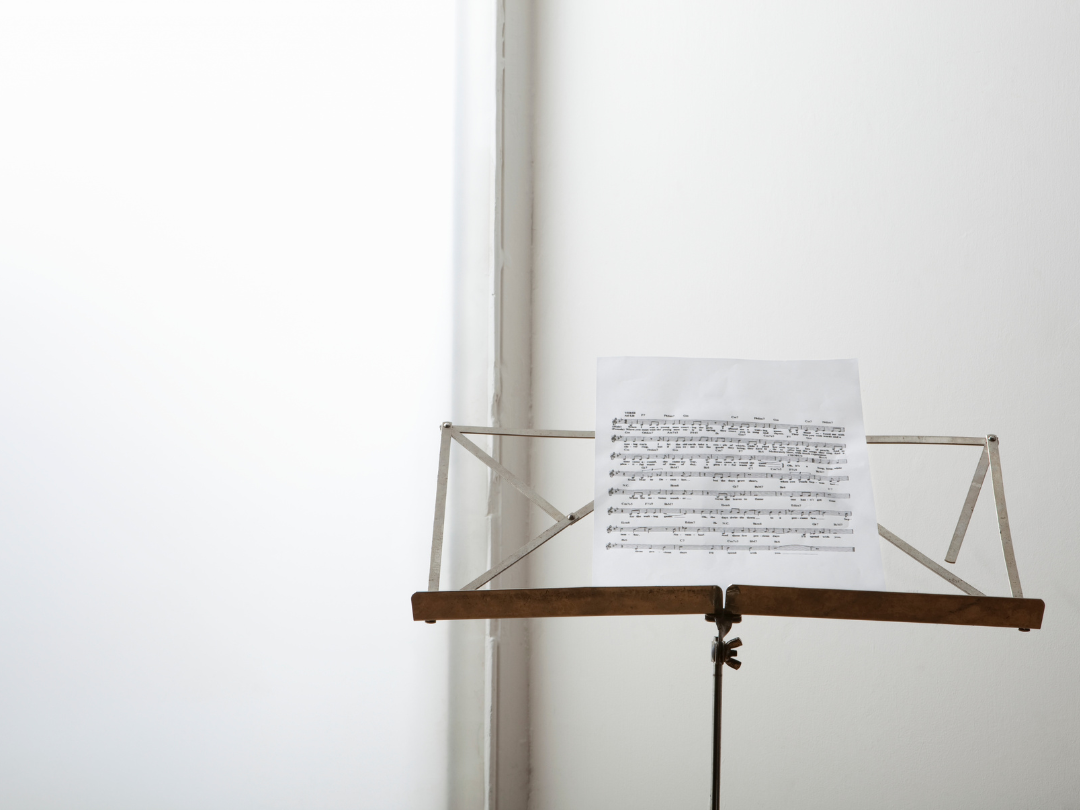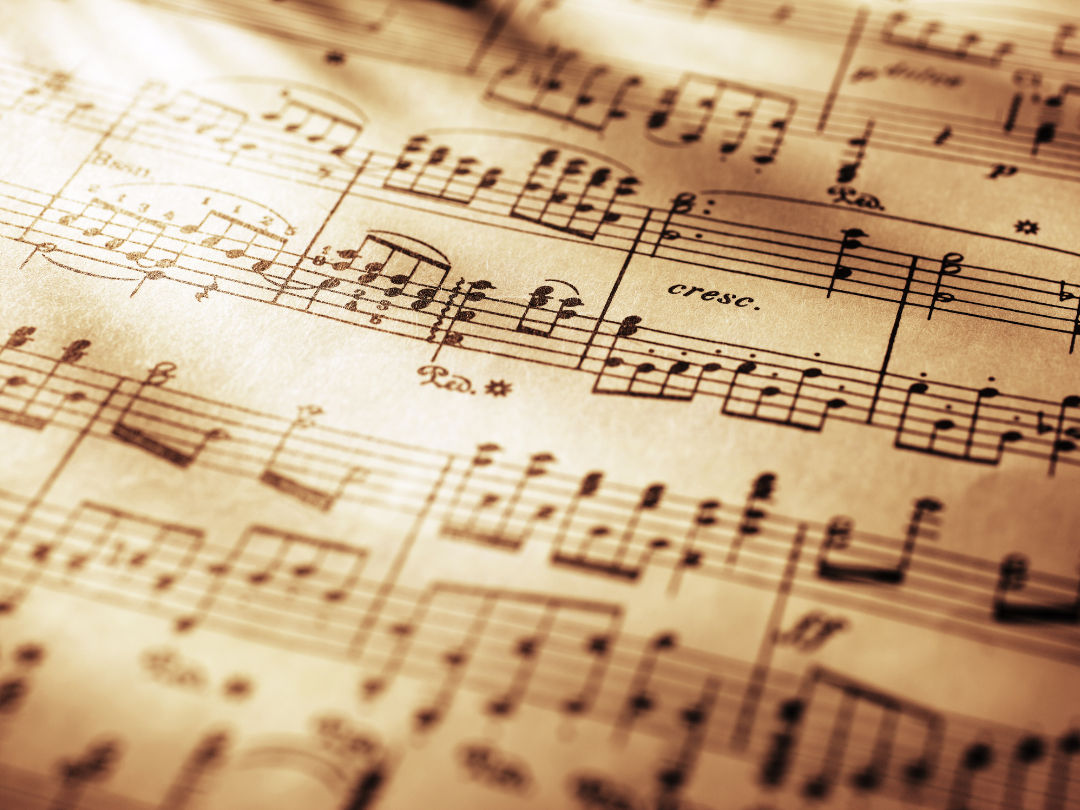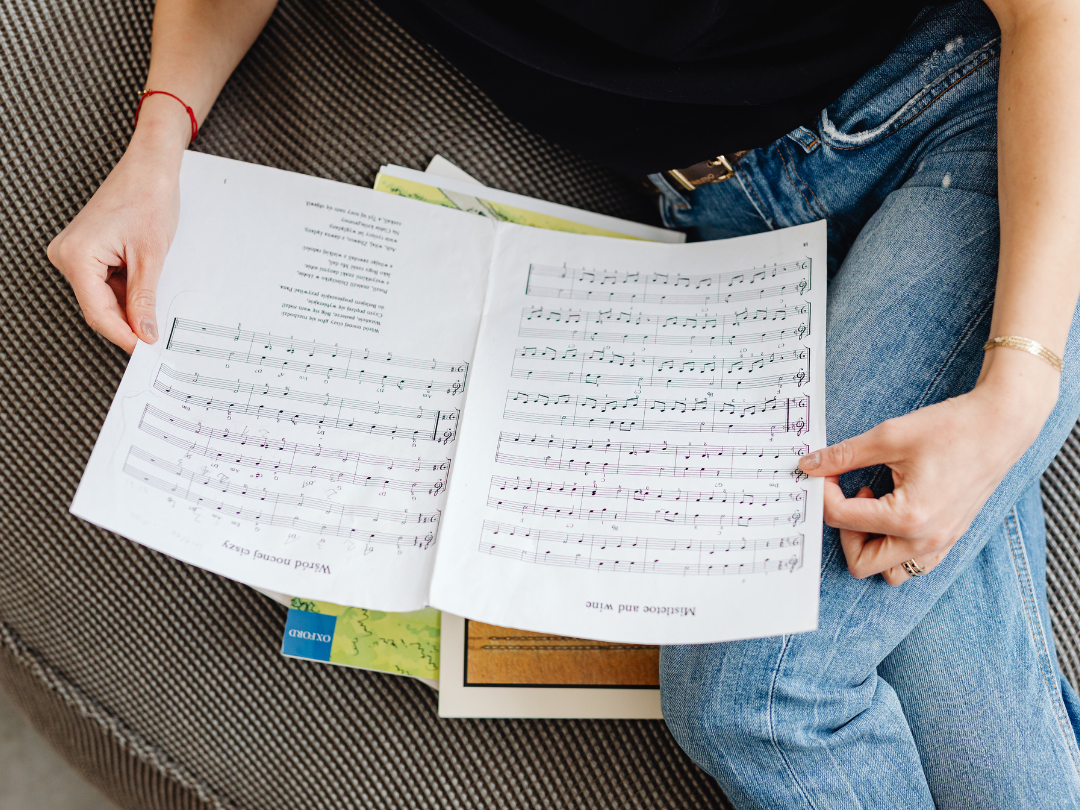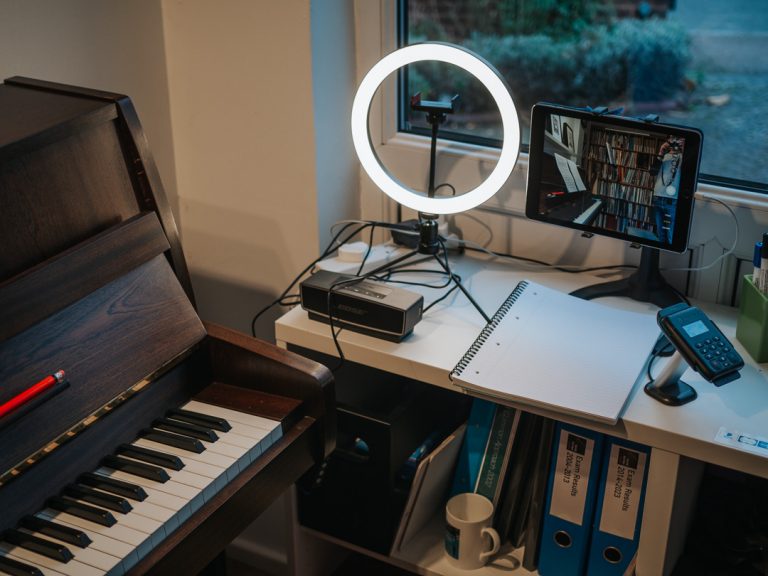Sight-reading has always fascinated me. It’s often talked about as one of the great mysteries of music-making – a skill that some people just seem to have, while others spend years trying to ‘get better’ at it. Looking back, I don’t remember ever being taught how to sight-read, yet somehow, it became one of the things I most enjoy about playing. I love sight-reading. There, I’ve said it.
That realisation led me to wonder: if I was never formally taught it, how did I learn it? And more importantly, what might that say about the way we teach and think about sight-reading today?
More Than One Skill
Over time, I’ve come to believe that sight-reading isn’t a single, teachable skill at all. It’s a rich tapestry of many smaller skills woven together – things like rhythm, pattern recognition, memory, imagination, inner hearing, and even courage. It draws on all the quiet experiences that shape our musicianship over years of playing. When we treat sight-reading as a standalone ‘exam skill’, we risk missing what it truly is: a way of engaging with music in real time, with curiosity, flexibility, and joy.

How I Learned Without Realising
When I look back, I can see now that sight-reading was being nurtured in me long before I knew it had a name. Not through formal exercises or instruction, but through a natural mix of curiosity and play:
Trying new music
I was always drawn to new music and loved opening books I’d never played before. I was always willing to give something a go. Perhaps that is a reminder of the importance of creating and nurturing environments where students are able to do that, without pressure, and with a shared sense of discovery.
Playing by ear
I enjoyed playing by ear, picking out tunes I’d heard at school or on the radio. No one taught me to play by ear, but again, I was always willing to have a go – it wasn’t about having an end goal or a destination, but rather a journey of exploration.
Improvisation
I was always quite happy to improvise and make up my own pieces. No one taught me to improvise – this was my natural route into composition, but I think it stood me in good stead for sight-reading too, giving me the confidence to keep going, to play something, even if it wasn’t exactly what was written on the page.

Gently pushing myself
I often sight-read music that was technically ‘beyond’ me if it inspired me. If I liked a piece of music enough, then I was willing to give it a try – it was through this that I found an entry point into loving the world of musical theatre.
Accompanying
I started accompanying other players and singers when I was about ten, not in a serious way, but in the sense that people knew I’d be willing to give their accompaniments ago. Accompanying has brought me so much joy over the years, but above all, those early experiences taught me to listen, adapt, and keep going. There is no option but to keep going.
Duets
I always loved playing duets, whether it was with friends or with my own teachers. I was lucky to have teachers who encouraged this sense of shared rhythm and mutual discovery.
None of these things were about ticking boxes or preparing for exams. They were about exploring, listening, and being curious, and in the process, I was constantly practising the very things sight-reading requires.
What These Experiences Have in Common
Looking back, all these activities shared one quality: they kept me musically engaged in the moment. They taught me to listen as I played, to keep going even when I made mistakes, to notice patterns, and to trust that I could make sense of what was on the page. That’s what sight-reading really is – not the mechanical act of reading notes, but the lived experience of making music as it unfolds.

For Teachers and Learners Alike
I think that for us teachers, this can be a liberating thought. We don’t have to teach sight-reading as a neat, self-contained skill. We can nurture it through a musical life filled with variety – through playing duets, accompanying, exploring new repertoire, improvising, and listening widely. Perhaps we can also help students see sight-reading not as a test of accuracy, but as a chance to connect with music in the moment – to explore, react, and discover. It’s not just about surviving the unknown; it’s about enjoying it.
A Lifelong Skill
Sight-reading, at its heart, is a lifelong musical companion. It’s what allows us to pick up an unfamiliar piece and make sense of it; to share in the music of others; and to find joy in simply playing. The ability to sight-read confidently has, for me, opened many musical doors over the years, and I’ve had some wonderful experiences behind those. Maybe that’s the beauty of sight-reading – the skill that somehow teaches itself, one moment of curiosity at a time.
If you have enjoyed this post, please consider supporting my work by buying me a virtual coffee. You can do this from as little as £2 and it enables me continue creating and developing new content, services and products. Your support is much appreciated.
You can also support my work by connecting with me online




